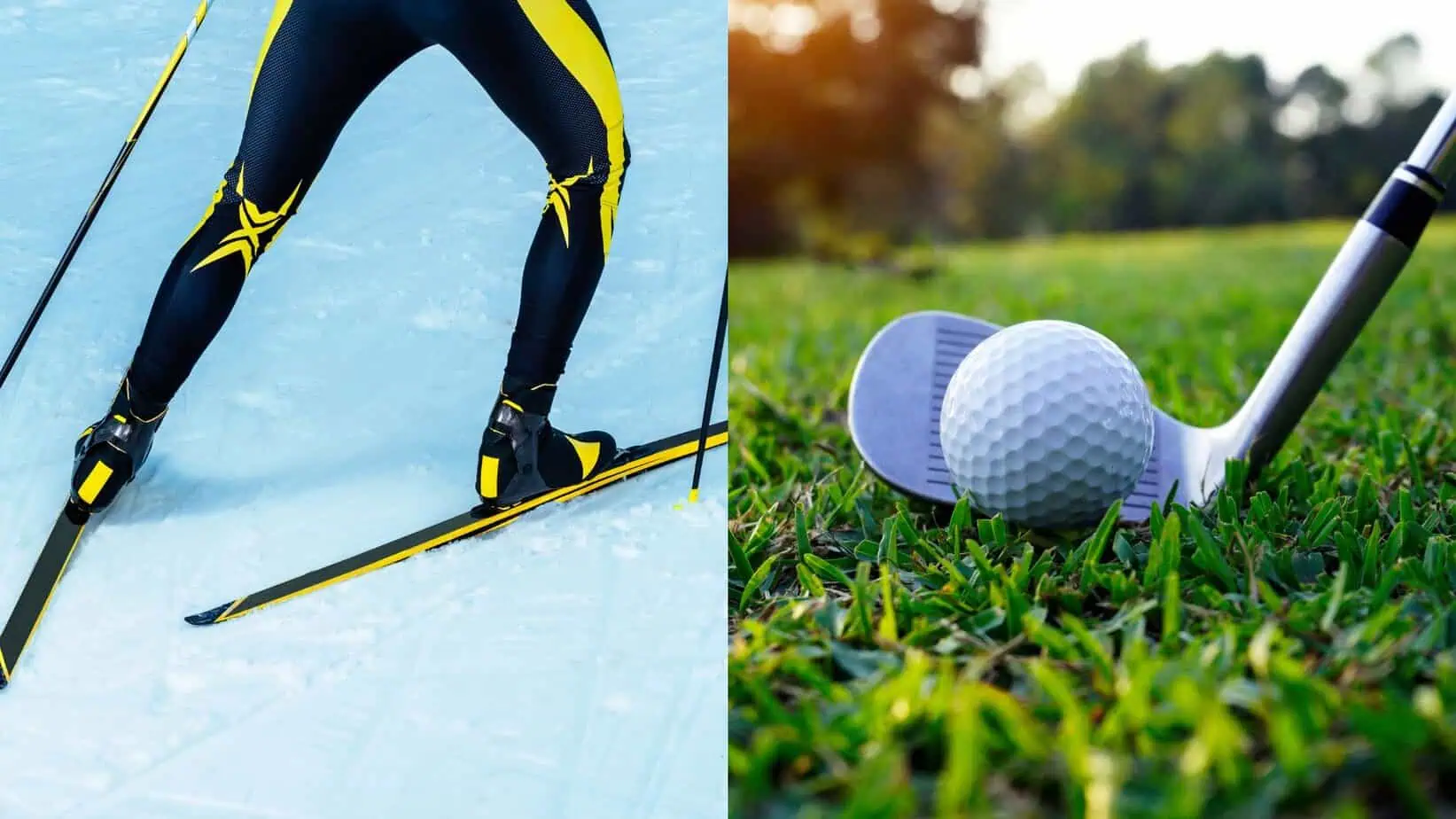Herbert Fritzenwenger is an expert in both golf and the biathlon. After his active career in biathlon and cross-country skiing, he worked as a commentator and expert for ZDF at major biathlon events until 2024. At the same time, however, he has been president of GC Ruhpolding in his home region of Chiemgau for many years. We wanted to know from him: What can golf actually learn from the effects of climate change on the outdoor sport of biathlon?
When did you first experience that the weather had a noticeable impact on biathlon?
Herbert Fritzenwenger: That was at the 1989 World Championships in Feistritz, Austria. The entire event was held there on a narrow white strip in the middle of a green-brown landscape. It was cold, but it just didn’t snow. Back then, the snow was brought in from the mountains – that was very unusual and was also discussed.
Has this sight become the norm for you?
Fritzenwenger: No, you don’t get used to white ribbons in winter sports. It remains an unnatural sight. Even if it has become technically possible to get by with snow depots and artificial snowmaking – for me, this is not a normal situation. We have strong fluctuations today: In some years there is a lot of snow, in others hardly any. But thanks to improved technology, World Cups hardly ever have to be postponed.
Has the situation for biathlon venues worsened in the last ten years?
Fritzenwenger: No, not necessarily. The technical possibilities have compensated for a lot. In the past, people simply moved to other locations when there was a lack of snow, but today snow depots and snowmaking systems compensate for this – provided the organizer is equipped accordingly.
You are also active as President of GC Ruhpolding – is your golf club struggling with climate change in the same way as the biathlon venues, including Ruhpolding?
Fritzenwenger: Our golf club is located in one of the wettest regions in Germany. In recent years we have also had periods of heat, but the recovery came quickly because we have a lot of natural precipitation. In contrast to other places – such as Upper and Lower Franconia this spring, for example, where the fairways were completely brown in places – we have got off lightly so far.
Would you say that climate change is affecting biathlon more than golf?
Fritzenwenger: In Germany, golf is certainly badly affected – both by heat and heavy rainfall. Of course, biathlon also suffers from weather fluctuations, but winter sports resorts are usually better equipped technically. In general, the weather has become a real challenge for golf courses, especially when it comes to water consumption.
The International Biathlon Union is considered a pioneer when it comes to sustainability. To what extent is the topic actually present in biathlon?
Fritzenwenger: Very present – both at the IBU and among the athletes. The athletes are sensitive to the topic. There are many requirements for organizers when it comes to sustainability – from waste separation and energy supply to documentation. The IBU takes this seriously and has established many standards.
Is this sensitivity perhaps also due to winter sports’ close connection to nature?
Fritzenwenger: Yes, definitely. Biathletes, cross-country skiers, combined skiers – they are constantly out in nature, often in the snowy forests of Scandinavia. That leaves its mark. It’s also a generational issue: young athletes today are much more aware of these issues.
INSERT_STEADY_NEWSLETTER_SIGNUP_HERE








